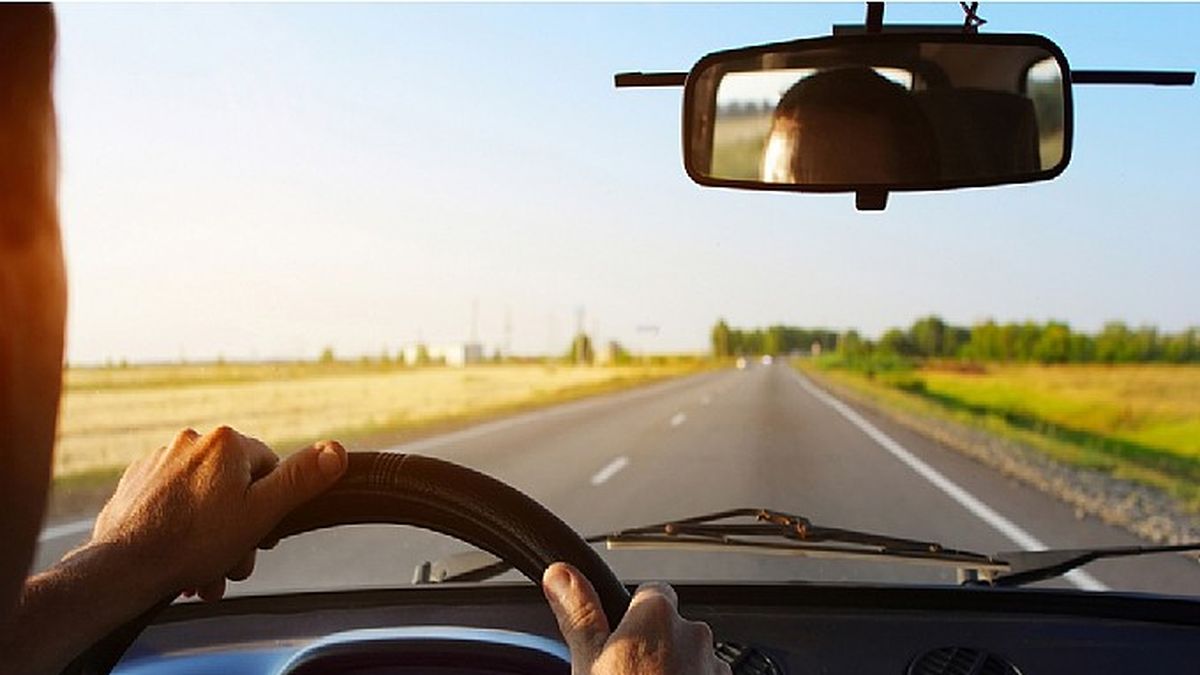In an accident at the beginning of October, a driverless Cruise car dragged a woman several meters. Now the company is drawing conclusions and continuing to look for the causes.
The robotaxi company Cruise has now suspended all of its trips on public roads in response to an accident involving a pedestrian in San Francisco. The company, which belongs to the car giant General Motors, said on Tuesday that the aim was to regain trust while investigations were ongoing. Previously, only the operation of cars without people behind the wheel had been stopped.
In the accident at the beginning of October, a driverless Cruise car dragged a woman several meters. The pedestrian was hit by another vehicle with a human behind the wheel and thrown in front of the self-driving car. According to the accident report, the robotaxi braked immediately – but the woman still fell under the vehicle.
The cruise cars are programmed to automatically pull to the side of the road after collisions in some cases so as not to impede traffic. In this case too, the software decided to do this – even though the woman was still under the car. She was dragged around six meters and the car reached a speed of a good eleven kilometers per hour, according to a report from the California traffic authority. Cruise has since changed the software for its approximately 950 vehicles so that the situation does not repeat itself. It was now said that around 70 cars were affected by the stop of test drives with people behind the wheel.
Protest from residents
San Francisco became a unique test case for self-driving taxis last year. In addition to Cruise, Google sister company Waymo also received permission from a Californian regulator this summer to expand its driverless transportation services throughout the city. The city administration and numerous residents were against it. They argued, among other things, that the vehicles often blocked traffic.
Waymo is allowed to continue offering its driverless robotaxi service throughout San Francisco. Overall, autonomous vehicles take significantly longer to become part of everyday life than predicted a few years ago. While the technology has long worked under simple conditions, some insiders are now questioning whether the software can be trained to handle all unexpected situations.
Source: Stern




